Carburizing and quenching create a high-carbon martensitic layer on the surface of a part, with high hardness and carbon content, providing excellent wear resistance. The core is made up of low-carbon martensitic tissue, resulting in high surface stress and overall toughness. This makes carburizing and quenching widely used for parts like gears that require high wear resistance, fatigue strength, and contact fatigue strength.
Induction hardening is characterized by rapid heating and cooling, resulting in significantly smaller grain sizes and higher toughness, while also achieving ultrahigh hardness.
Wear resistance of induction hardening
The excellent wear resistance of carburized parts is due to their high surface hardness and carbon content. Induction hardening can achieve high hardness at lower carbon levels, and wear resistance also depends on microstructure.
Standard wear-test specimens were made from 20CrMnTiH3 carburized parts and 45 steel induction-hardened parts with hardnesses ranging from 62-62.5 HRC. Tested on an M-200 wear tester with the wear piece being T10 quenched, the carburized specimens lost 4.0mg and the induction-hardened specimens lost 2.1mg after 1.6 million wear cycles. It is worthwhile to study the mechanism behind the better wear resistance of the induction-hardened specimens.
Strength of induction hardening
Strength is generally considered to be related to hardness, and the same hardness should result in the same strength.
For specific parts, what factors are involved? We tested standard dumbbell tensile specimens made from 20CrMnTiH3 carburized parts, 45 steel, 40CrH, and 40MnBH induction-hardened parts, with an effective part diameter of 20mm. The tensile strength measurements were 819MPa, 1184MPa, 1364MPa, and 1369MPa, respectively, with the induction-hardened parts having significantly higher strength than the carburized parts.
Comparing the two processes, the carburized specimens have a high-carbon martensitic surface layer with a depth of 1.25mm and a hardness of 62-63HRC, and a low-carbon martensitic core with a hardness of 32HRC. The induction-hardened specimens have a medium-carbon martensitic surface layer with a depth of 3.6mm and a hardness of 62HRC, and a tempered sorbite core with a hardness of 26HRC. It can be seen that the two treatment methods result in significantly different surface hardening layer depths, with induction hardening achieving a deeper hardening layer and thus greater part strength. Therefore, when discussing which strengthening process is better, it is necessary to analyze not only from a micro perspective but also from a macro perspective.
Fatigue strength of induction hardening
Both carburizing and induction hardening can effectively strengthen and create significant residual compressive stress on the surface of parts, resulting in high fatigue strength.
We studied a gear part with a module of 2.5, using 20CrMnTiH3 carburizing with a depth of 1.2mm, and 45 steel and 42CrMo induction hardening with a quenching depth of 2.0mm. The hardnesses were all 61-63HRC, and they were machined after heat treatment.
The fatigue limit of the three different materials and heat-treated gear teeth were 18.50kN, 20.30kN, and 28.88kN, respectively. The fatigue strength of the 42CrMo induction-hardened gear was 56% higher than that of the 20CrMnTiH3 carburized gear, showing a significant advantage. To analyze its mechanism, we need to start from the hardened layer structure, surface compressive stress level, core structure, and hardness.
Contact fatigue strength of induction hardening
For gear parts, contact fatigue failure of the tooth surface is also the main form of failure. Light-load gears have relatively low requirements for contact fatigue, while whether induction hardening can replace carburizing on specific heavy-load gears is a crucial area that needs to be examined.
Deformation caused by induction hardening
The carburizing process has high temperature and long duration, resulting in significant quenching deformation. Subsequent grinding operations will thin out the surface layer with the highest strength and maximum compressive stress, causing a reduction in part strength. Gear carburizing increasingly uses pressure quenching techniques to reduce quenching deformation. Induction hardening results in relatively small deformation, and because of the greater hardening depth, grinding has less effect on hardening depth.

 en
en  cn
cn  jp
jp  ko
ko  de
de  es
es  it
it  ru
ru  pt
pt  th
th  vi
vi  pl
pl 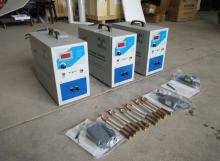


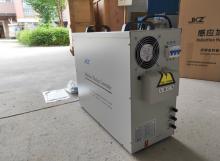




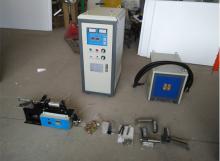

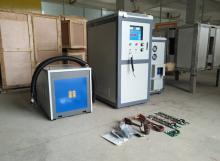





















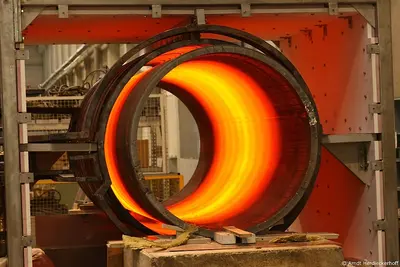

 Call us on:
Call us on:  Email Us:
Email Us:  NO. 688th South Baoguang Road, Xindu District, Chengdu City, Sichuan Province, China
NO. 688th South Baoguang Road, Xindu District, Chengdu City, Sichuan Province, China